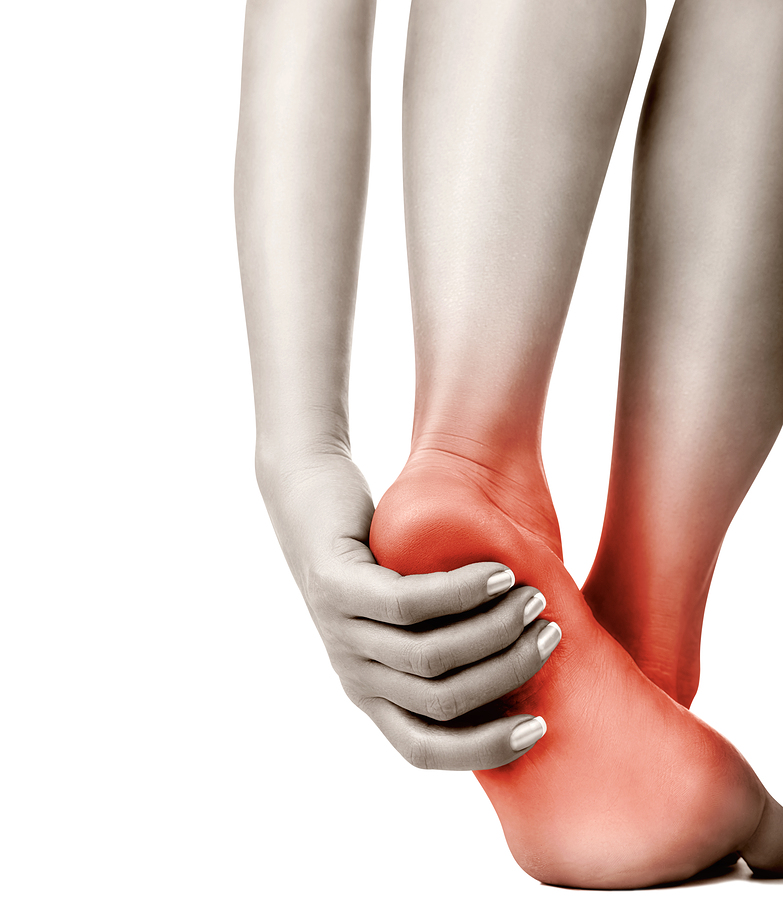
1. Check both feet daily.
Look over both feet carefully every day, and be sure you check between all of your toes. Blisters and infections can start between your toes, and with diabetic neuropathy, you may not feel them until they’ve become irritated or infected.
2. Wash with warm — not hot — water.
Wash both of your feet briefly each day with warm — not hot — water. You may not be able to feel heat with your feet, so test the water with your hands first. Avoid soaking too long in water, since waterlogged sores have a harder time healing.
3. Make sure your shoes fit well.
It’s an investment worth making. Even the slightest rubbing or misfit shoe can cause a blister that turns into a sore that becomes infected and never heals.
Buy better-fitting shoes, or try different socks, even at the most minor signs of redness or irritation, since you may not be able to feel when it’s getting worse. Before buying or putting on the shoes check your shoes for rough seams, sharp edges or other objects that could hurt your feet. And break your shoes in gradually.
4. Stay soft, but dry.
Your skin may be dry and cracked because of high glucose levels, and cracked skin means it’s easier for bacteria to get under your skin and harder for infections to heal. Use a small amount of skin lotion daily, but be sure your feet feel dry, not damp or sticky, afterward. Try not to get the lotion in between your toes.
5. Try non-impact exercise.
Swimming, cycling, yoga, and tai chi are increasingly popular ways to exercise — with minimal impact on your feet. Talk with your doctor before starting an exercise program.






